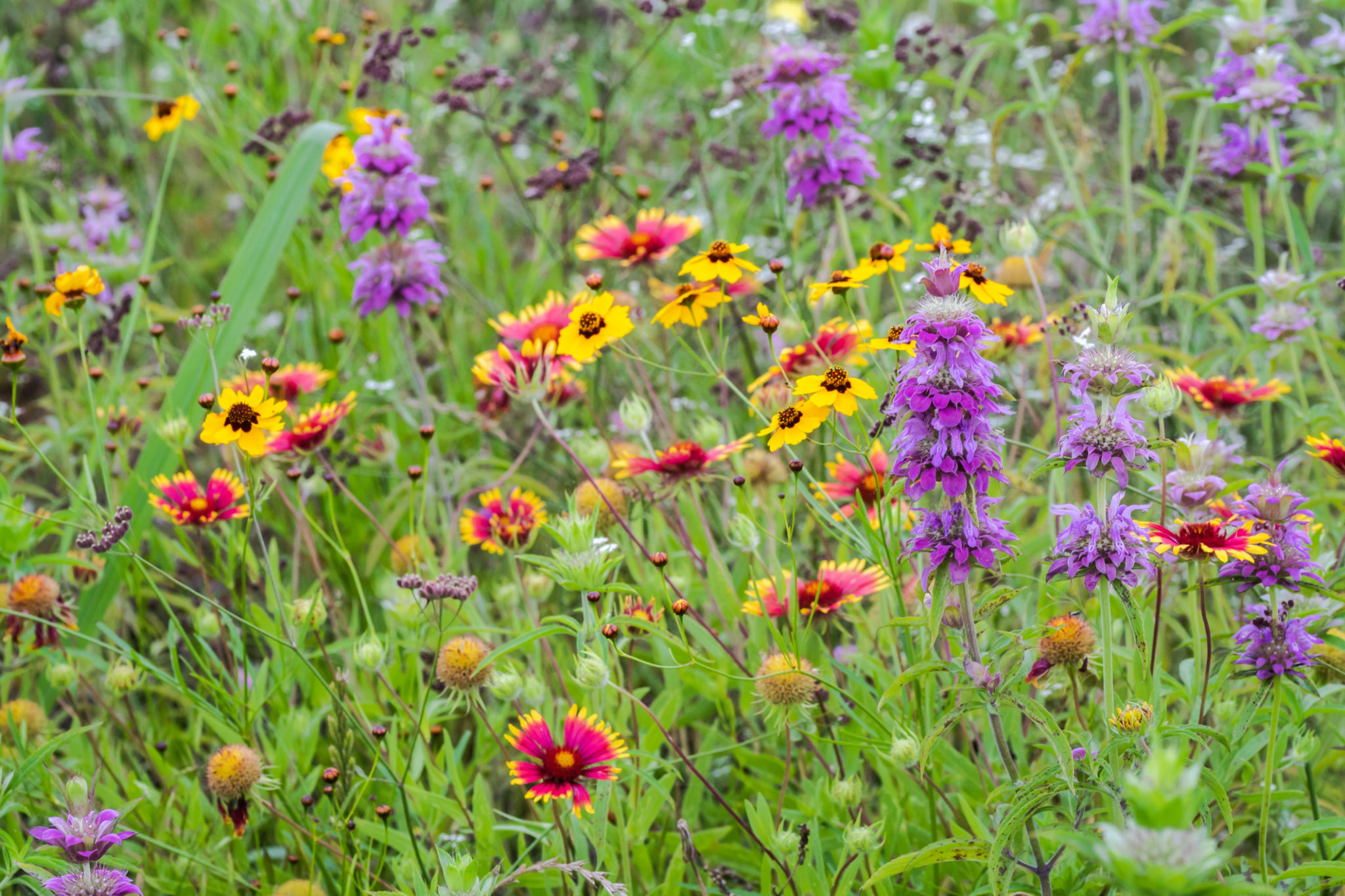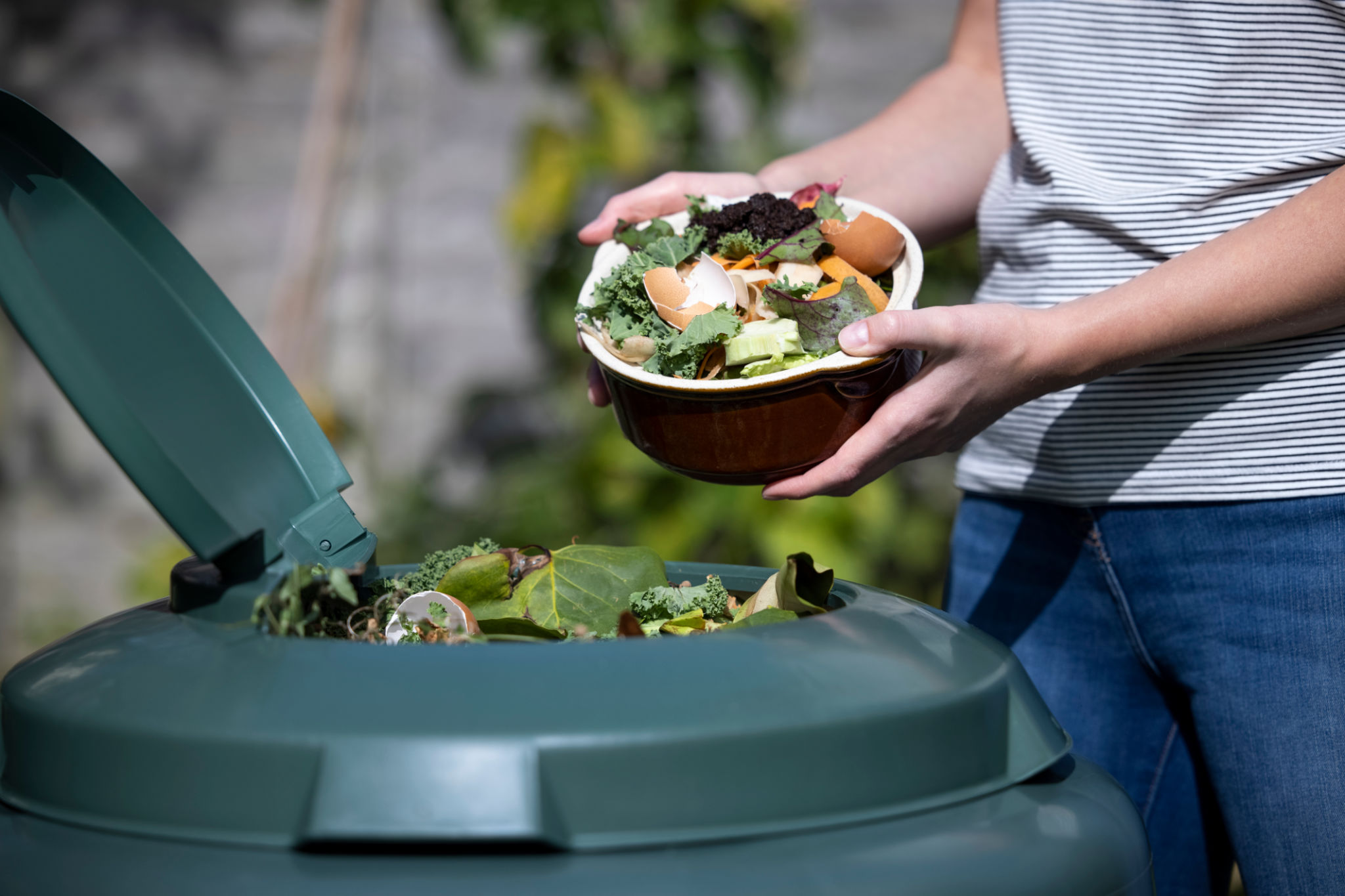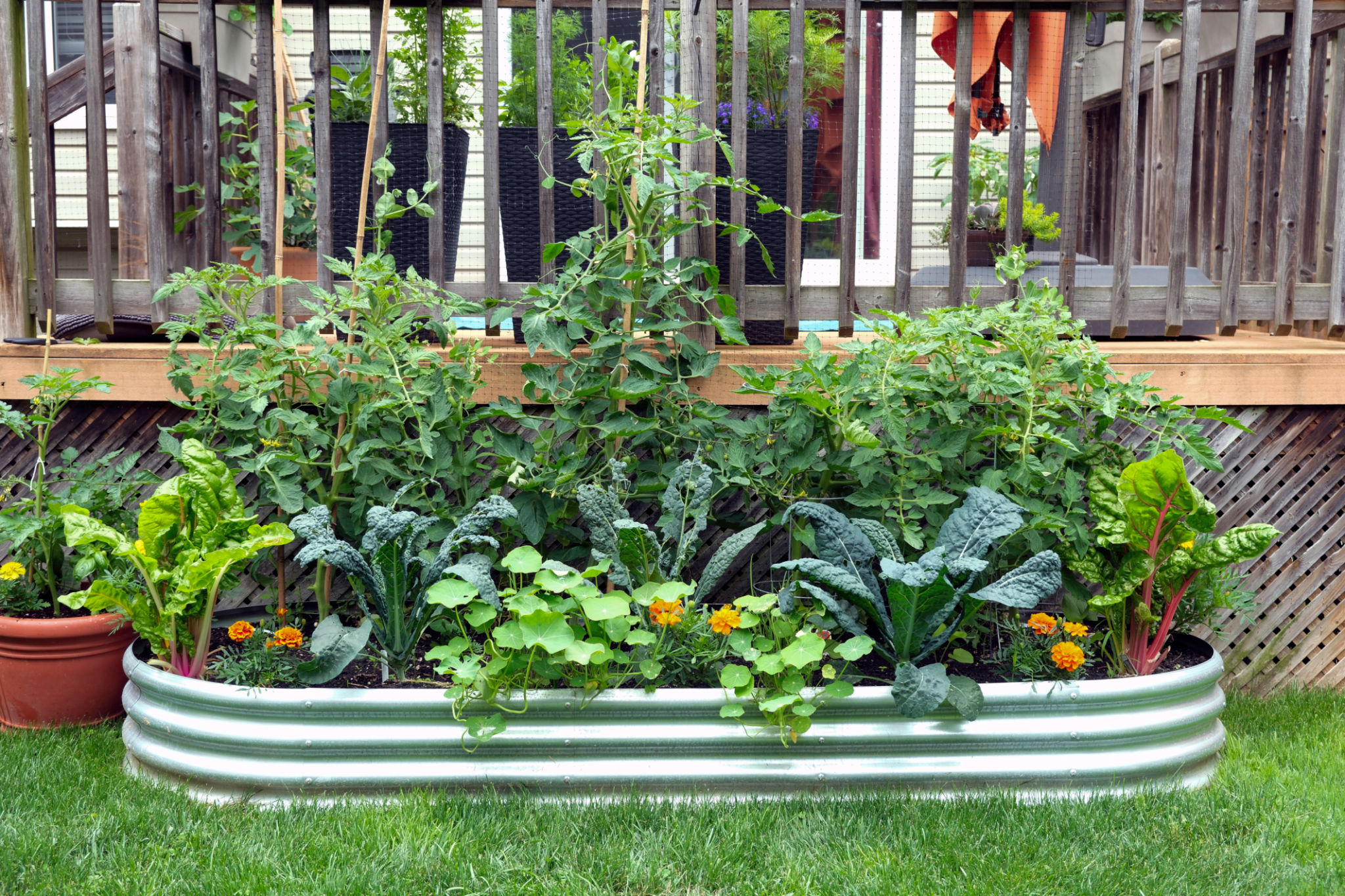Residential Landscape Planning: A Step-by-Step Guide to Eco-Friendly Yard Transformation
Understanding Eco-Friendly Landscaping
Transforming your yard into an eco-friendly landscape is not only beneficial for the environment but also enhances the aesthetic appeal of your home. This guide will walk you through the essential steps in planning a sustainable and beautiful outdoor space. By adopting eco-friendly practices, you can reduce water usage, support local wildlife, and create a healthier environment.

Assess Your Current Landscape
The first step in any landscaping project is to assess what you currently have. Take a walk around your yard and make notes of its existing features. Identify areas that receive the most sunlight, have poor drainage, or are prone to erosion. Understanding these elements is crucial when planning the layout and selecting plants that will thrive in your specific conditions.
Design with Native Plants
Native plants are the cornerstone of an eco-friendly landscape. These species are adapted to the local climate and soil conditions, requiring less water and maintenance than non-native varieties. Research plants native to your area and consider their size, color, and growth habits when designing your garden. Not only will this approach save resources, but it will also attract local pollinators such as bees and butterflies.

Implement Water-Saving Techniques
Water conservation is a key component of sustainable landscaping. Start by installing a rainwater collection system to capture runoff from your roof. This water can be used to irrigate your garden during dry periods. Additionally, consider implementing a drip irrigation system, which delivers water directly to the plant roots, minimizing evaporation and waste.
Create a Composting System
Composting is an excellent way to recycle organic waste and enrich your soil naturally. Set up a compost bin in a corner of your yard and regularly add kitchen scraps, grass clippings, and leaves. Over time, this material will break down into nutrient-rich compost that can be used to fertilize your plants, reducing the need for chemical fertilizers.

Incorporate Wildlife-Friendly Features
To create a truly eco-friendly yard, consider adding features that support local wildlife. Bird feeders, bat houses, and insect hotels can provide shelter and food for various species. Additionally, creating a small pond or water feature can attract amphibians and provide a habitat for aquatic plants and animals.
Maintain Your Eco-Friendly Yard
Once your eco-friendly landscape is established, ongoing maintenance is essential to ensure its success. Regularly monitor your plants for signs of pests or disease, and use natural remedies whenever possible. Keep pathways clear and tidy to enhance the overall appearance of your yard. With proper care, your eco-friendly yard will thrive for years to come.

By following these steps, you can transform your yard into an eco-friendly oasis that benefits both the environment and your household. Embrace the beauty of sustainable landscaping and enjoy a thriving outdoor space that reflects your commitment to environmental stewardship.
